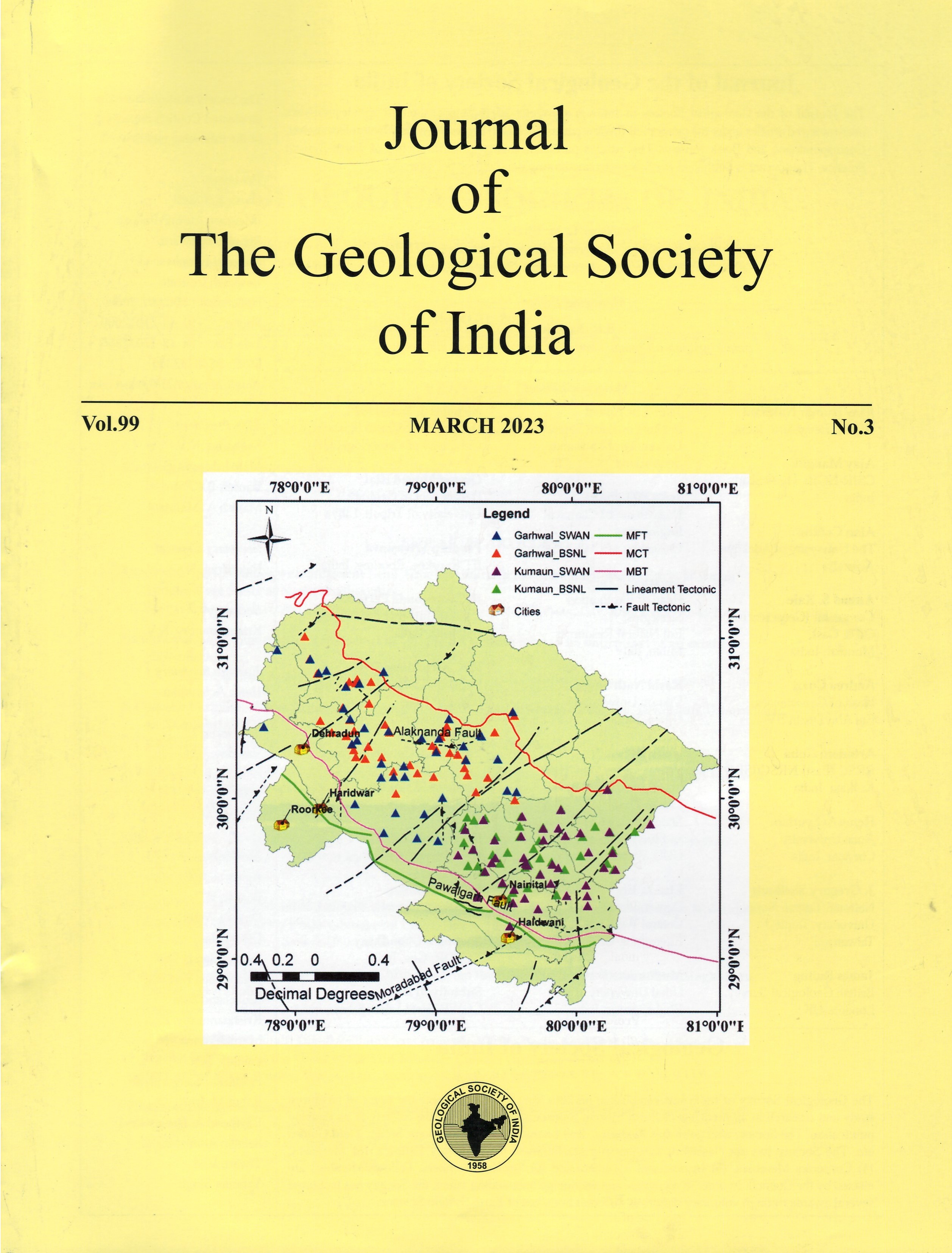Impact of Altitude on Soil Physico-chemical Properties in a Topo-Sequence in Mid Himalayan Watershed: A Case Study from Dehradun District, Uttarakhand
DOI:
https://doi.org/10.1007/s12594-023-2326-9Keywords:
No KeywordsAbstract
Soil properties are an outcome of the interplay between different soil forming factors and processes of which topography or altitude plays an important role. A study was conducted in the mid-Himalayan region to verify the impact of altitude on different soil properties. Geo-referenced soil samples were collected from 0–20 cm depth from the agricultural fields with an altitudinal variation of 760 m to 1170 m above mean sea level (amsl). Soils of the area were dominantly gravely sandy loam texture; moderately to highly acidic in reaction with low soluble salts and very high soil organic carbon (SOC) content. Soil fertility of the region was high in available phosphorous (P), relatively medium to high in available nitrogen (N), whereas, potassium (K) content was in medium range. Among the micronutrients, deficiencies were recorded for boron (B) and manganese (Mn), whereas, zinc (Zn), iron (Fe) and copper (Cu) content were high. It was observed that altitude had little/variable control over pH, EC, P, Cu, Mn, S and Fe distribution, whereas increasing trend of SOC, Zn, B, K and N content with altitude could be attributed to management practices and the effect of soil erosion and deposition at different altitude. The study indicated that the chemical and physical properties of soils were selectively affected by the altitudinal variations and are an important base for initiating scientific management of soil resources in the area.

 Uma Kant Maurya
Uma Kant Maurya






